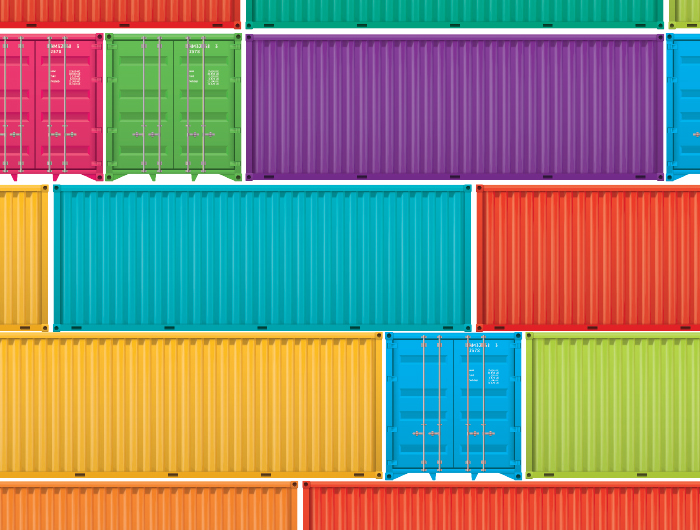Global economics can sideline any company that’s unprepared for aggressive competition and drastic shifts in pricing. Even long-standing networks are starting to crack under pressure, as manufacturers, distributors, top brands and retailers struggle to grasp the impact of these pressures on their business models. It is more important than ever for organizations to prioritize supply chain agility and adapt to make changes as quickly and effectively as possible.
In a recent study, two-thirds of economists surveyed reported that trade tensions or tariffs are the biggest risks to their economic growth forecasts. Some companies plan to pass increased costs to customers, whether they are consumers or other businesses. Some are considering possible design changes, evolving product specs or rerouting resources through different suppliers. As companies react, a domino effect builds momentum, bringing more and more companies into the disruption. Consequently, predicting outcomes becomes more difficult.
Even when the current political hailstorm subsides, the global landscape will still be subject to dramatic shifts. Population migration, consumer trends, regulations, resource availability and innovations will cause large-scale fluctuations. Continuous change is the new normal. Companies that want to play in the global arena need to rewrite their playbooks.
Resilience requires out-of-the-box thinking and problem-solving. Technology can support this innovative approach. As products today tend to be highly complex, with computerized components and subassemblies coming from multiple countries, the big picture can include multiple partners and suppliers, adding to the need for well-thought-out strategies. Modern solutions, such as predictive analytics and artificial intelligence, help make sense of multi-tiered networks and what-if scenarios. Careful planning ensures elements converge in the right place at the right time, so highly personalized customer orders can be fulfilled as needed.
Proactive responses
Fortunately, supply chain planning and execution technologies have made huge strides in the last decade. Software providers have begun applying cloud computing, big data, business intelligence, machine learning, predictive analytics and artificial intelligence to solutions. Such tools can help optimize inventory, meet customer demands, identify patterns and spot early warning signs of potential problems — before it is too late.
Analytics must look to the past, as well as the future, to enable companies to predict likely outcomes. This requires a unified system that underpins the entire network, providing a digital connection for collaboration and strategic planning. When all parties in a supply chain are plugged in, information that was once locked away in data vaults can be accessed and consumed. Updates from the outer nodes of the network are made in the system and are instantly reflected in this virtual depiction of reality.
Data that falls outside of established parameters can alert users to issues or automate responses, such as putting a hold on a payment to a supplier that misses agreed-upon delivery dates. Supply chain systems can process data from weather forecasts and automatically adjust expected delivery dates, calculate fines for late delivery or notify carriers of changes that need to be made to logistics contracts. Workflows can be created that push data to users, aiding in decision-making. Previous solutions and possible alternative scenarios can be presented in dashboard-like views. Because the user experience is highly intuitive, even recently on-boarded personnel can play an active role in strategic execution.
A window into the future
The current political storm is shining a spotlight on the importance of modern supply chain planning and execution solutions. Volatility is not going away, even when political conflicts are resolved. Supply chain success will require network-like connectivity that engages all parties. Customers, carriers, third-party logistics providers, banks and suppliers all benefit from visibility and windows into the future. Sharing data, while protecting security and intellectual property, is essential when working in a global landscape and forging new relationships.



